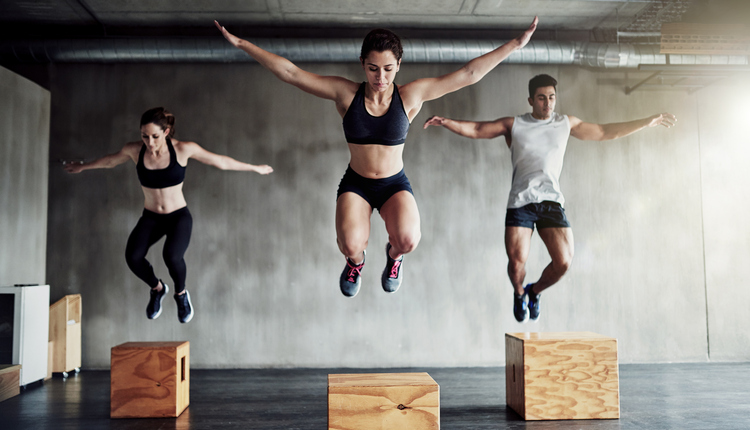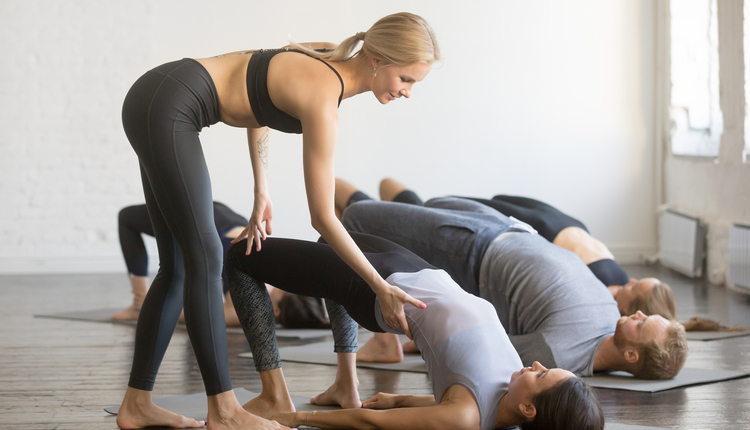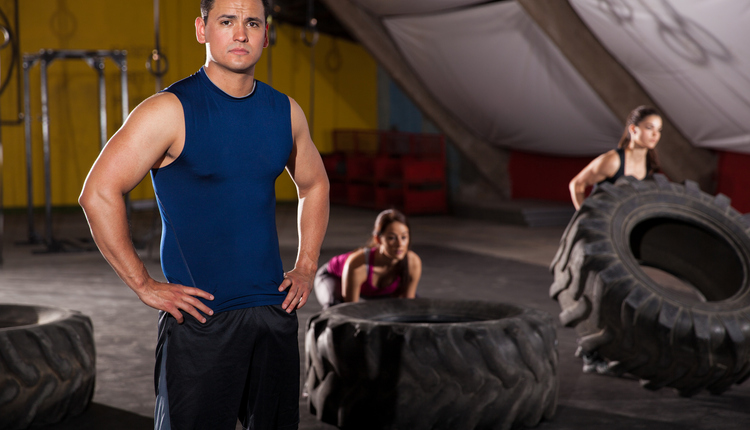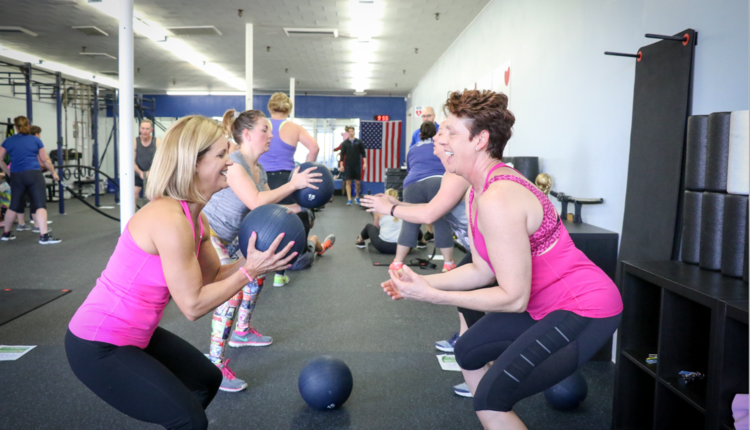
Welcome to part two of “Seeking Muscular Equality.” In part one we introduced the bilateral hinge progressions to assist in developing a strong muscular foundation for our clients suffering with hip issues. We are assuming that the client has mastered the bilateral movements discussed in part one and is now ready for the next series of exercise progressions. We will be introducing unilateral movements in which the client will learn to balance and hinge or step-up on one leg.
Hinges and step-ups are progressive movements that, with the health client, would lead to performing split squats or lunges. However, some hip injured clients struggle with split squats or lunges due to the nature of the movement and its deep range of motion (ROM). To make the split squat or lunge an effective and beneficial exercise a full ROM must be achieved. In the act of doing so, a full ROM exposes the hip flexors placing them on a great deal of stretch and opening the ball and socket joint to a great range of motion that the client may not be capable of performing pain free.
Typically, pain in the hip is often due to arthritis, osteoporosis or degeneration of the hip socket (acetabulum) and or the labrum. The combination of an excessive ROM and/or the degeneration of the hip socket in some fashion typically leads to pain and a quadriceps dominant short range of motion. This restarts the cycle that originally lead to the immobility and pain in the hip by not address the limitation or improving the mobility and musculature needed to help reduce pain and stress levels of the joint.
Utilizing the single stiff leg deadlift and the step up allows for a full range of motion without excessive stretch being placed on the hip flexors. The client should focus on increasing the flexibility in their hip flexors (floor-based mobility work and a dynamic flexibility stretching routine) while developing their hamstring and gluteus musculatures. Pressure is taken off the anterior aspect of the hips and placed on the posterior aspect while performing each lift. The single stiff leg deadlift is a hamstring dominant movement and can maximize performance by performing the lift with a three to one tempo [:03 eccentric + :01 concentric].
Step-ups are excellent at developing gluteus and quadriceps strength, increasing balance, improving coordination and creating a stronger, more stable and pain free hip joint. In both the single stiff leg deadlift and the step up, the progression of de-loading the body until the basic movement is mastered is an excellent first step in introducing the exercise. As the movement is practiced a progressive load (resistance bands) can be added allowing for a gradual tension to be moved through the full ROM. Ultimately, this would lead to a consistent load being held and/or a combination of both progressive resistance and consistent load. The client has now mastered their bilateral and unilateral hip development-based exercises and is hopefully well on their way to living a more pain free life style.
The average age of the client at our studio (Be STRONGER Fitness) is 63 years old and the majority of their limitations revolve around the hips as assisting our clients in reducing their pain levels, equaling their muscular balance, slowing down their degeneration or fixing their issues all together is what we are known for. The secondary component of our hip improvement program is teaching our progressive “unilateral hinge & step-up” approach that graduates a client to the next movement as performance without pain or discomfort is achieved.
Once all six movements have been introduced, progressed in resistance and then graduated to the next movement the client is then ready to perform them with varied volumes of repetitions, sets, loads, progressive loads, tempos and recovery periods. A minimum twelve-week training period should be implemented allowing for the mastery of the bilateral movement patterns to occur and a base level of strength and stability to be established.




















